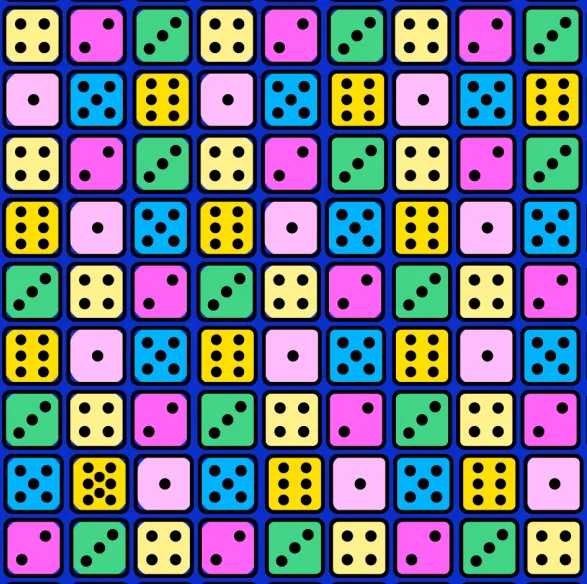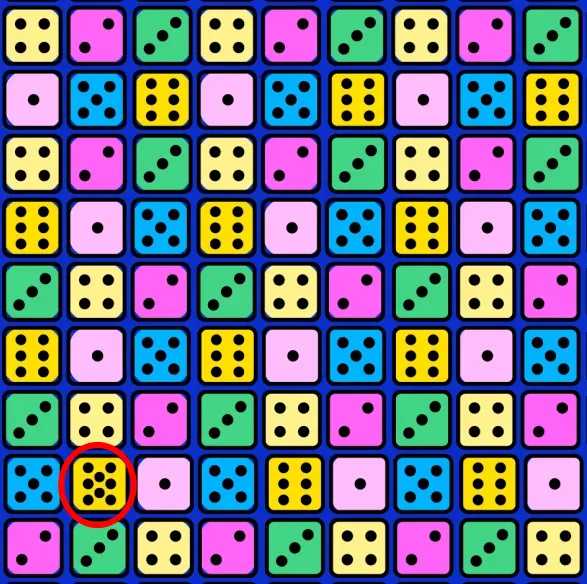Optical illusions are one of the simplest tools that can be used to determine the intelligence of an individual. It does so by testing the observation skills and perception levels of an individual.
There are three types of optical illusions: literal, physiological, and cognitive illusions. All these optical illusions have a central theme: tricking the eyes and the brain.
Optical illusions are also beneficial for the brain. Studies suggest that optical illusions can help us understand how our brains and eyes perceive the world around us.
Individuals who practise optical illusion puzzles regularly develop better attention spans and mental acuity.
Do you like to check how attentive you are?
Then attempt this challenge now.
Test your IQ by guessing the animal's name in 3 seconds!
Optical Illusion: Find the Odd Dice in 5 Seconds

Source: MrQ
The image shared above depicts a vibrantly coloured grid full of different dice.
All the dice look similar at first glance.
There is however an odd dice in the grid.
Can you spot it in 5 seconds?
Your time starts now!
This will be a good test of your observation skills.
Check the image carefully.
Have you spotted the odd dice?
People with the highest visual skills can find the odd dice faster than other readers.
Look at the image one final time.
And…
Time’s up.
Stop looking now.
How many of you have spotted the odd dice within 5 seconds?
Congratulations to those who did; you have excellent observation skills.
Those who couldn’t find the odd dice can check the solution below.
Picture Puzzle IQ Test: Find Two Mistakes in the Picture in 10 Seconds!
Optical Illusion: Solution
The odd dice is the yellow one on the bottom left with 8 dots, which is wrong.

If you loved solving this optical illusion puzzle, remember to try out some more challenges from our recommended reading section below.
Recommended Reading
Find the word ”LOST” in 9 seconds!
IQ Test: Find the hidden word in the anagram in 5 seconds!
Spot 3 differences between the dinosaur pictures in 15 seconds!
Comments
All Comments (0)
Join the conversation